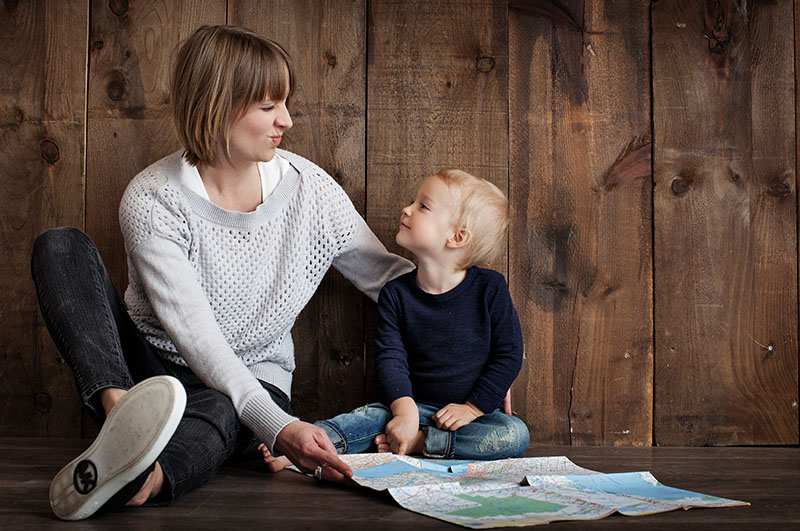When a child is suffering from the anxiety they can find it hard to cope with everyday stresses. Children come across new situations and new experiences all the time – at home, at school, and in all sorts of different social settings. And while some children take this in their stride, others can find it hard to manage the fears and worries that go with it.
Just like with adults, anxiety in children can result in physical symptoms such as sleeplessness, stomach aches, headaches, moodiness and difficulty concentrating. As a parent or carer, it can be really challenging to see your child facing this, and to know what to do to help. We’ve outlined some things you can do to try to help your child develop coping skills and relieve some of their anxiety.
Talk about worry
When a child experiences worry, it’s easy to respond with ‘don’t worry’. But this won’t actually stop an anxious child from worrying. So if worry is becoming a significant part of your child’s day, instead of saying ‘don’t worry’, think about setting aside some designated time to talk about and deal with what’s worrying them. This can help to stop anxious thoughts from taking over. For example, create a little daily ritual called ‘worry time’: this can be a time when you encourage your child to draw or write down whatever has been bothering them. Another option is a ‘worry box’, where they can tell you what’s bothering them and you put it on a piece of paper in the box. After 10 to 15 minutes of releasing all their worries and talking them through with you, close the box and say goodbye to the worries for the rest of the day. This is not only a great way of dealing with worry that’s becoming overwhelming, it’s also a great way for you to get in touch with – and really talk through – what’s bothering your child.
Don’t Avoid TheThings That Make Your Child Anxious
It’s natural to want to take away your child’s worries. And while avoiding the things they’re concerned about might work in the short term, you may need to think a little further about whether it’s actually the right approach.
Instead of avoiding the things your child finds difficult or anxiety-inducing, you could think about using a technique called ‘laddering’. This involves breaking down any worries into manageable sections and then gradually working through the stage by stage. For example, if your child is afraid of swimming or water, you could start out by just sitting and watching other kids swimming. Once they’re comfortable with this, you can move on to sitting on the side of the pool together with your legs in the water. Next is standing in the shallow end, and so on, until you are achieving your goal in a relaxed way.
Encourage Positive Thinking
Anxiety often makes people, including children, get stuck in thinking about the worst-case scenario. For kids, these what-ifs can quickly become overwhelming, stalking them through can be really helpful. Remind them of times they’ve dealt with similar things in the past, or talk with them about things you’ve experienced and ways you’ve practised things to become more comfortable. And be ready to listen to what’s worrying them. Another way to shift anxious thinking into a more positive mindset is to plan ahead with them: talk through possible responses if things don’t go as they’d like. This can be a great way to help them feel positive and empowered when facing something that makes them feel a little anxious.
If your child is struggling with anxiety, it is important to take time out to listen to what’s happening to them. Implementing strategies such as those outlined above can help you to create positive changes for them. It’s important to remember though that there are lots of supports available for parents and for children – often getting professional advice can be a great step to managing anxiety with your child.








